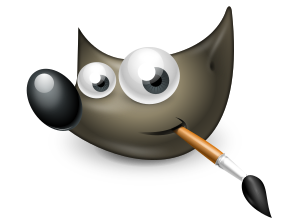Shaming confession but I have a total and utter blind spot on these......trying to use one to replace background...the curves and invert bit to get a pure white on black is easy but I simply CANNOT get my head round which layer to select, paste, merge, alpha-ise or whatever.
Have watched endless tutorials and it simply doesn't sink in. Asked a couple of guys who offer paid training and they both said oh well it might takes HOURS whereas I hoped they would say they had taught bigger idiots inside two hours.
It can't be that hard, it's just a matter of steps....
Is there anyone out there who fancies seeing if they can drum the basic process into my thick skull?
Have watched endless tutorials and it simply doesn't sink in. Asked a couple of guys who offer paid training and they both said oh well it might takes HOURS whereas I hoped they would say they had taught bigger idiots inside two hours.
It can't be that hard, it's just a matter of steps....
Is there anyone out there who fancies seeing if they can drum the basic process into my thick skull?


